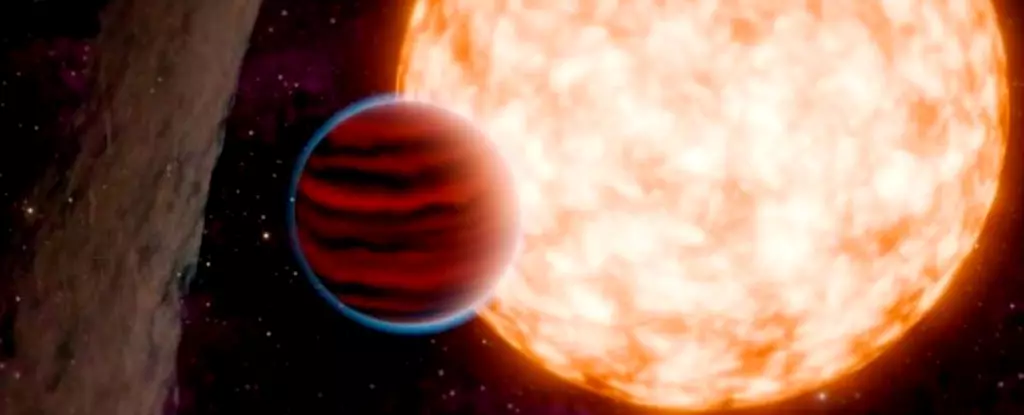In an exciting breakthrough for the scientific community, astronomers have unveiled one of the youngest planets observed to date: TIDYE-1b, also known as IRAS 04125+2902 b. At a mere three million years old, this celestial body is in a stage akin to infancy when compared to Earth’s 4.5 billion-year maturity, which makes TIDYE-1b a tantalizing prospect for understanding the nuances of planetary formation. Such discoveries are not just astronomical achievements; they are pivotal in piecing together the cosmic puzzle of our origins and the potential futures awaiting us in the vast expanse of the universe.
TIDYE-1b’s youth stands as a compelling case for reevaluating models of planet formation. The vast majority of planets that have been documented are much older, generally falling within the 10 to 40 million-year range. The rarity of such young exoplanets, particularly one as young as TIDYE-1b, offers newfound insights into the conditions and processes that govern planetary development. As Madyson Barber, the lead author of the study hailing from the University of North Carolina, recently articulated, discoveries like TIDYE-1b are like glimpsing into the past; they allow us to observe the early stages of planet formation, shedding light on phenomena that remain largely theoretical.
Utilizing the transit method, astronomers identified TIDYE-1b as it passed in front of its host star, causing a temporary dimming of its light, and making it detectable using NASA’s Transiting Exoplanet Survey Satellite (TESS). This detection method has proven effective but challenging for young planets, as they are often enveloped in the thick layers of a protoplanetary disc, making observation difficult. However, the ease of viewing TIDYE-1b can be attributed to its peculiar orbital trajectory, which sits at an angle misaligned with the host star’s protoplanetary disc, defying the traditional beliefs about planet formation.
Challenging Preexisting Theories
The discovery of TIDYE-1b forces scientists to reconsider established theories concerning the alignment and formation of planetary systems. Historically, models suggested that planets form within flat disks of gas and dust that tend to create a pancake-like structure in space. However, the misalignment observed in TIDYE-1b challenges this conventional wisdom, indicating that planet formation might not adhere solely to these established rules. This deviation from expected planetary architecture is a critical piece of evidence that suggests the formation of planets is a more diverse and chaotic process than previously understood.
Implications for Future Discoveries
The implications of TIDYE-1b’s discovery extend well beyond its immediate characteristics. Firstly, the existence of such a young planet indicates that the formation of planetary bodies can occur in less time than astronomers had anticipated. It suggests that young stars might be capable of fostering planetoids much earlier in their lifecycle. The researchers posit that TIDYE-1b could eventually evolve into a super-Earth or sub-Neptune, classifications of planets that are conspicuously absent in our solar system, yet appear to dominate in the Milky Way galaxy.
The revelation of TIDYE-1b signifies a monumental stride in our quest to understand not only where planets come from but also hints at the vast possibilities that lie ahead in a universe still full of mysteries. It poses critical questions about the dynamics of planetary growth, the formation of celestial bodies, and the very fabric of our own existence. As scientists continue to unravel the complexities of such discoveries, the door remains wide open for new explorations that might redefine our understanding of the cosmos and our place within it.

